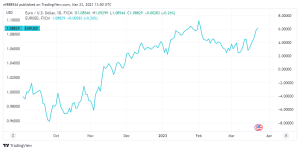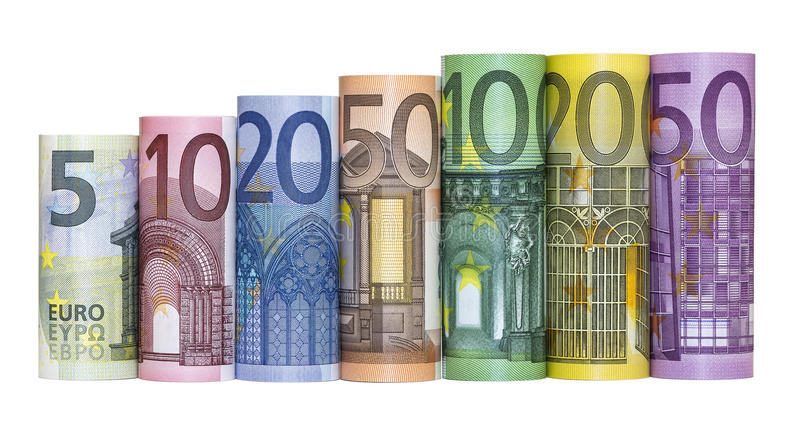The EURUSD pair is on a corrective drop after reaching a two-month high of 1.0929. A dovish Federal Reserve in the United States caused a US Dollar sell-off on Wednesday, which lasted into Asian trading hours.
The Bank of England released its monetary policy decision, although it fell short of expectations.
The high overbought conditions in the EURUSD impacted on investors, who grabbed some gains before the Bank of England (BoE) monetary policy announcement.
The Bank of England raised interest rates by 25 basis points (bps), as predicted, but was interpreted as hawkish, noting that “if there were to be indications of more persistent pressures, then further tightening of monetary policy would be necessary,” dampening hopes for a halt. The news had little impact on the currency market, with the EURUSD trading at approximately 1.0870 prior to the release upon announcement.
In terms of data, the US issued Initial Jobless Claims for the week ending March 17, which came in at 191K, which was more than expected. In addition, the government released the Chicago Fed National Activity Index, which decreased to -0.19 in February from 0.23 in January. The country will later release New Home Sales and the Kansas Fed Manufacturing Activity Index, while the EU will release the preliminary March Consumer Confidence data.
EURUSD Technical Analysis
The EURUSD pair’s daily chart suggests additional gains, as the pair has been making higher highs and lower lows since bottoming out at 1.0515 on March 15.
Additionally, the pair’s surge goes beyond bullish moving averages, with the 20 Simple Moving Average (SMA) rising beyond the lengthier ones. Nonetheless, technical indicators have flattened within bullish ranges, with no evidence of upward weariness.

The prospects of the corrective slide continuing in the short term, according to the 4-hour chart, are modest. True, technical indicators are dropping from severe overbought levels, but remain much above their midpoints and bearish in nature.
At the same time, the 20 SMA is heading north, much ahead of the longer ones and above the 61.8% retracement of the 2022 annual fall represents key Fibonacci support around 1.0745.









